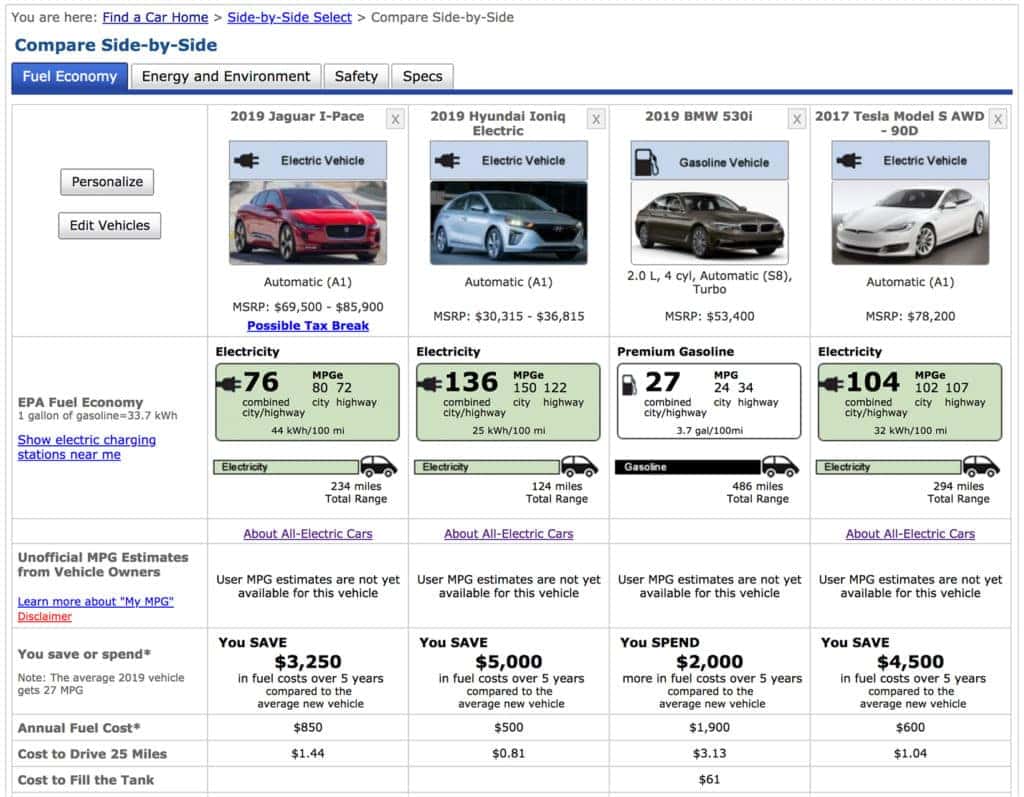Expert Tips for Navigating the Used Car Market
In the ever-evolving world of automotive purchases, buying a used car can often feel like a daunting task. With a myriad of options, considerations, and potential pitfalls, it’s essential to approach the process armed with knowledge and confidence. Fortunately, with the right guidance, navigating the used car market can be a rewarding and successful endeavor.
Understanding Your Needs and Budget
Before diving headfirst into the sea of used car listings, it’s crucial to take stock of your individual needs and budgetary constraints. Assessing factors such as desired features, vehicle size, fuel efficiency, and intended use can help narrow down your search and prevent overwhelming choices. Additionally, establishing a clear budget and understanding your financial limitations will ensure that you remain within your means and avoid overspending.
Researching Makes and Models
With a better understanding of your requirements in mind, the next step is to research different makes and models that align with your preferences. Consider factors such as reliability ratings, fuel economy, maintenance costs, and resale value to identify vehicles that offer the best overall value. Online resources, such as consumer reviews, expert opinions, and vehicle comparison tools, can provide invaluable insights into the strengths and weaknesses of various options.
Inspecting and Test Driving
Once you’ve narrowed down your choices to a select few contenders, it’s time to roll up your sleeves and get hands-on with the inspection process. Before scheduling a test drive, thoroughly examine each vehicle’s exterior and interior for signs of wear, damage, or neglect. Pay close attention to crucial components such as tires, brakes, suspension, and engine bay to ensure that everything is in proper working order. During the test drive, evaluate the car’s performance, handling, and overall comfort to determine if it meets your expectations.
Conducting Vehicle History Checks
One of the most critical steps in the used car buying process is obtaining a comprehensive vehicle history report. These reports provide invaluable information about a car’s past, including accidents, title status, odometer readings, and service records. By reviewing a vehicle’s history, you can uncover potential red flags and make an informed decision about its overall condition and reliability. While some sellers may provide these reports upfront, it’s always wise to request one independently to verify its accuracy.
Negotiating with Confidence
Armed with knowledge and research, it’s time to enter the negotiation phase with confidence and assertiveness. Start by establishing a fair and reasonable offer based on market value, condition, and any identified issues or concerns. Be prepared to walk away if the seller is unwilling to meet your terms or address your concerns adequately. Remember that there are plenty of other used cars available, and patience is key to securing the best possible deal.
Seeking Professional Assistance
For those who are less confident in their ability to assess a used car’s condition or negotiate effectively, seeking professional assistance can be a wise investment. Independent mechanics or automotive experts can provide impartial evaluations and insights into a vehicle’s overall condition, potential maintenance issues, and long-term reliability. While there may be an upfront cost associated with these services, the peace of mind they offer can outweigh the expense in the long run.
Finalizing the Purchase
Once you’ve reached an agreement with the seller and are satisfied with the terms, it’s time to finalize the purchase and complete the necessary paperwork. Be sure to carefully review all documents, including the bill of sale, title transfer, and any warranties or guarantees provided by the seller. Verify that all information is accurate and up-to-date before signing on the dotted line. Additionally, consider securing financing or payment methods in advance to streamline the transaction process.
Conclusion
Navigating the used car market may seem like a daunting task, but with the right approach and guidance, it can be a rewarding and successful experience. By understanding your needs, researching different options, inspecting vehicles thoroughly, conducting history checks, negotiating confidently, seeking professional assistance when needed, and finalizing the purchase carefully, you can navigate the process with ease and confidence. With patience, diligence, and a bit of luck, you’ll soon find yourself behind the wheel of a quality used car that meets your needs and exceeds your expectations. Read more about used car buyer’s guide










